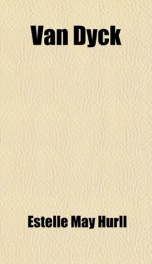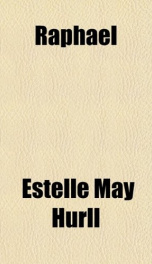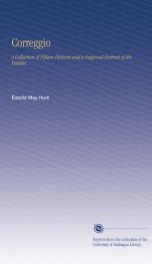Sir Joshua Reynolds

Purchase of this book includes free trial access to www.million-books.com where you can read more than a million books for free. This is an OCR edition with typos. Excerpt from book: LADY COCKBURN AND HER CHILDREN A Pretty story is told of a Roman matron named Cornelia, who was one day entertaining a visitor, when the conversation led to the subject of jewels. " These are my jewels," said the hostess, and turned to show the stranger her beautiful children. The story comes readily to mind as one looks at this portrait of Lady Cockburn and her Children. Indeed, the picture was once engraved1 under the fanciful title of " Cornelia and her Children." Like the Roman matron of old, the English mother gathers her children about her as the choicest jewels of her possession. Her stately beauty is of the classic sort, and the children are as charming as English children are reputed to be. All three are boys. The eldest is James, who kneels on his mother's lap, playfully grasping the mantle about her neck, and supported in his precarious position by her hand placed firmly on his back. He has the sweet expression which betokens-a sunny nature, and his well-cut features are such as make a handsome man. He was his father's heir and namesake, succeeding him as the seventh baronet. The rogue peeping over his mother's shoulder isGeorge. Though his features are less regular than his elder brother's, he is none the less attractive, for he is a jolly little fellow. When he grew to manhood he entered the navy and became an admiral. It was on his ship, the Northumberland, that Napoleon was conveyed to the island of St. Helena to end his days in exile. In the course of time Admiral Cockburn became the eighth baronet of the name. By Tomkins, in 1792. The baby lying on the mother's lap is William. In after years he entered the ministry, married a daughter of Sir Robert Peel, and became Dean of York. It was fitting that one of Lady Cockburn's sons should enter the ...
Info about the book
Author:
Series:
Unknown
ASIN:
B004TS4IKM
Rating:
5/5 (3)Your rating:
0/5
Languge:
English
Users who have this book
Users who want this book
What readers are saying
What do you think? Write your own comment on this book!
write a commentif you like Sir Joshua Reynolds try:
Do you want to read a book that interests you? It’s EASY!
Create an account and send a request for reading to other users on the Webpage of the book!





